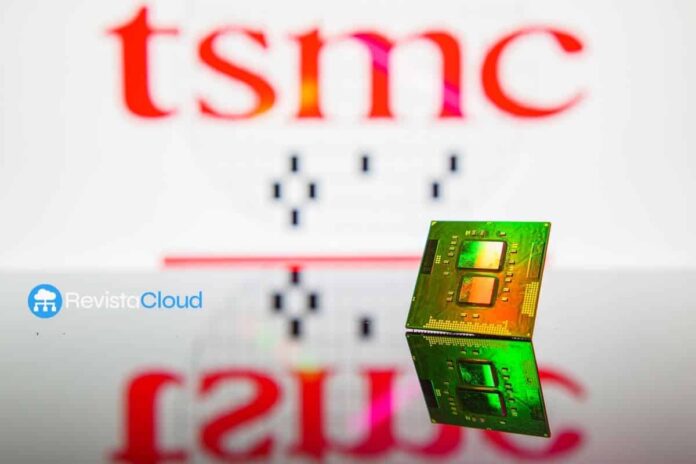Taiwan Semiconductor Manufacturing Company (TSMC) has reached a significant milestone by surpassing $104 billion in revenue for the twelve months ended June 2025, representing a 34% year-over-year increase. This growth is driven mainly by two trends: high-performance computing (HPC) for artificial intelligence and the renewal of the smartphone cycle.
In the second quarter of 2025, TSMC closed with record sales of $30.07 billion (+38.6% year-on-year) and a net profit that grew by almost 61%. It is expected that for the third quarter, revenues will be between $31.8 billion and $33.0 billion (+38% year-over-year). Firms like Bernstein project that the company will surpass its annual growth guidance, reaching 33% in 2025.
TSMC continues to lead advanced manufacturing, concentrating 74% of its wafer revenues in 3 nm, 5 nm and 7 nm technologies. This leadership is strengthened by an increase in demand generated by AI in data centers.
The company has seen an increase in its HPC lines of business, representing 60% of quarterly revenues. The advanced nodes account for 74% of their total wafers, with 24% of revenues coming from 3 nm.
Apple and Nvidia are the main customers, contributing about 25% and 20-22% of TSMC's revenues, respectively. AMD, Qualcomm, MediaTek and Broadcom also figure among its notable clients.
TSMC has secured around 15 early customers for its 2 nm node (N2), including giants such as Apple, AMD and Nvidia. The N2 node will enter mass production in the second half of 2025, while A16 will do so in 2026.
The geopolitical context adds a complex dimension. The Trump administration in the United States. UU. announced a 100% tariff on imported semiconductors, on which TSMC is exempt due to its factories in Arizona. The company has committed 165 billion dollars in this region to develop six advanced factories.
From a financial perspective, the change in the USD/NT$ exchange rate and global expansion have affected TSMC's margins. The company projects a gross margin of 55.5–57.5% for the third quarter of 2025, slightly below the 58.6% reported in the second quarter.
TSMC has established itself as a key player in the AI revolution, thanks to its ability to turn designs from leading companies into advanced silicon. However, the path forward also presents challenges, including customer concentrations, rising operating costs, and geopolitical complexities.
As the leading manufacturer of the 'digital gold' of the modern era, TSMC continues to set the pace of global technological progress.
More information and references in Cloud News.



